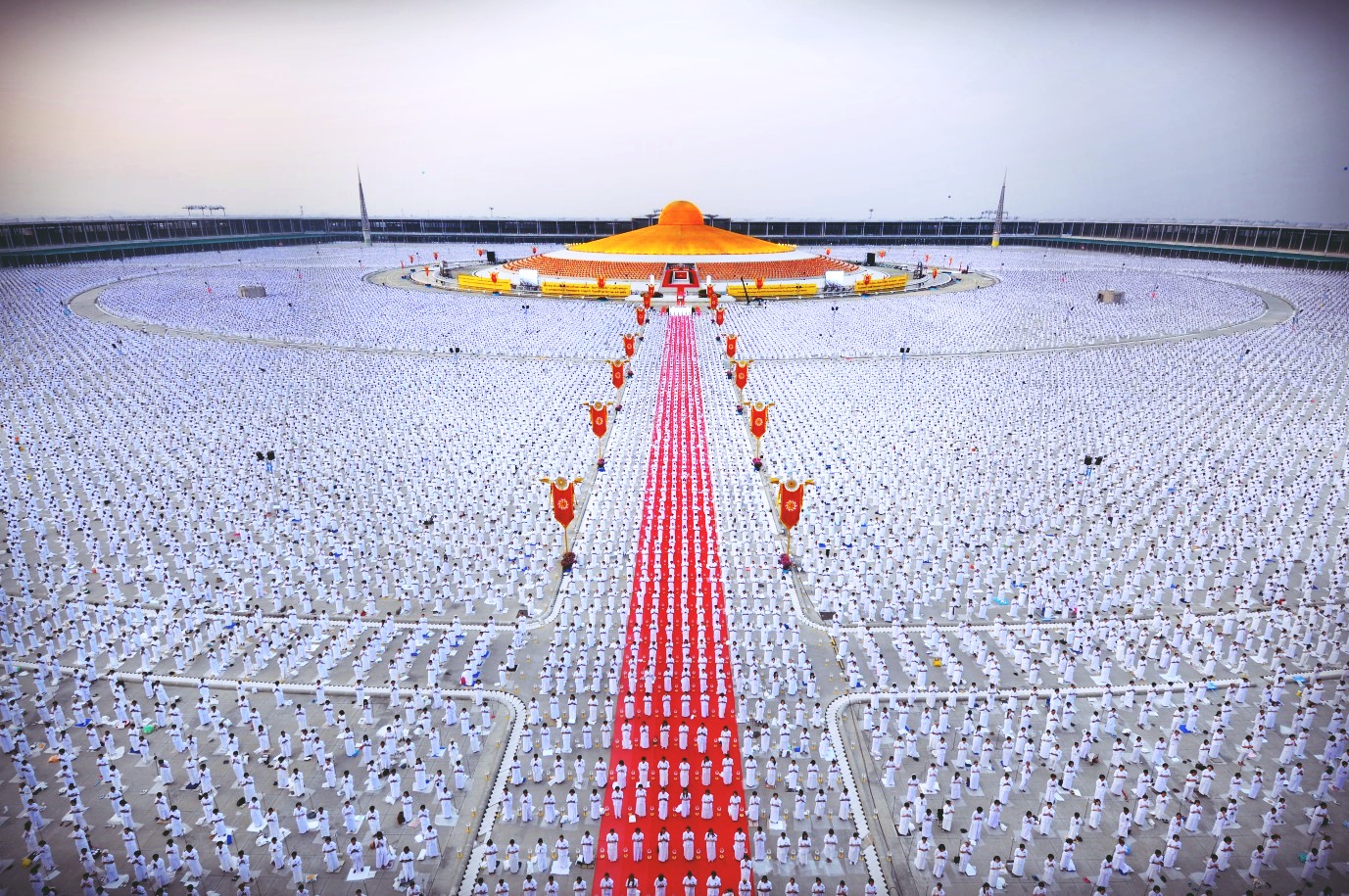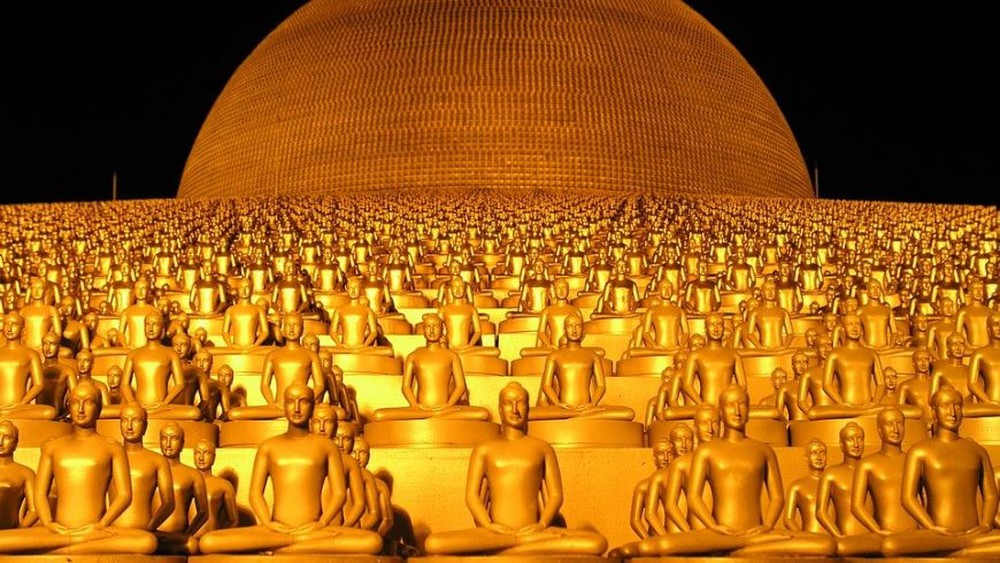It is the best-known and the fastest growing temple of the Dhammakaya Movement. This movement, also known as the Dhammakaya meditation tradition (Vijja Dhammakaya), was started by the meditation teacher Luang Pu Sodh Candasaro in the early-20th century. The temple is part of the Mahanikaya fraternity, and is legally represented by the Dhammakaya Foundation.

The temple emphasizes the revival of traditional Buddhist values, but does so through modern methods and technology, which has led to controversy and a government crackdown. Despite these controversies, the temple has continued to play a leading role in Thai Buddhism. Religious studies scholar Edward Irons has described the temple as "the face of modern Thai Buddhism". The temple emphasizes personal transformation, expressed through its slogan "World Peace through Inner Peace".

Initially, the temple was founded as a meditation center, after Maechi Chandra and the just ordained monk Luang Por Dhammajayo could no longer accommodate the rising number of participants in activities at Wat Paknam Bhasicharoen. The center became an official temple in 1977. The temple grew exponentially during the 1980s, when the temple's programs became widely known among the urban middle class. Wat Phra Dhammakaya expanded its area and the building of a huge stupa (pagoda) was started. During the period of the 1997 Asian financial crisis, the temple was subject to widespread criticism for its fundraising methods and teachings, as Luang Por Dhammajayo was charged with embezzlement and removed from his office as abbot.

In 2006, the charges were withdrawn and he was restored as abbot. The temple grew further and became known for its many projects in education, promotion of ethics, and scholarship. The temple also became accepted as part of the mainstream Thai Sangha (monastic community). After the 2014 military junta, the abbot and the temple were put under scrutiny again and Luang Por Dhammajayo was accused of receiving stolen money from a supporter and money-laundering. The temple has been referred to as the only influential organization in Thailand that has yet to be subdued by the ruling junta, which has shut down most opposition since taking power. The judicial processes against the abbot and the temple since the 1990s have led to much debate regarding the procedures and role of the state towards religion, a debate that has intensified during the 2017 lockdown of the temple by the junta. As of 2017, the whereabouts of Luang Por Dhammajayo was still unknown, and in 2018, Phrakhru Sangharak Rangsarit was designated as the official abbot.

The Dhammakaya Cetiya: The Dhammakaya Cetiya is described by the temple as a symbol of world peace through inner peace. The design is based on the architectural style of different ancient stupas, among which are the stupas of Sanchi, Borobodur, Anuradhapura, Shwedagon and the stupas of the Pagan Kingdom. The Cetiya has the shape of a hemispherical dome, thirty-two meters high and hundred and eight meters in diameter. The hemispherical dome represents the Buddha, the surrounding inner terraces the Dhamma, and the granite outer terraces the Sangha. The exterior holds 300,000 Buddha statues, placed on the dome and the terraces. Each of the images has the name of the donor engraved in it, which is an old tradition. Inside the Cetiya are digitally preserved Buddhist texts, another 700,000 Buddha statues and a large central Buddha of 4.5 m made from sterling silver. The central Buddha image symbolizes the possibility of liberation through meditation. The outer terraces of the Cetiya can seat ten thousand monks, whereas the open area around the Cetiya can accommodate 600,000 people. The area has become a meeting-place for Buddhists all over the world, who join the yearly ceremonies. It was officially opened in 2000.
According to wikipedia













